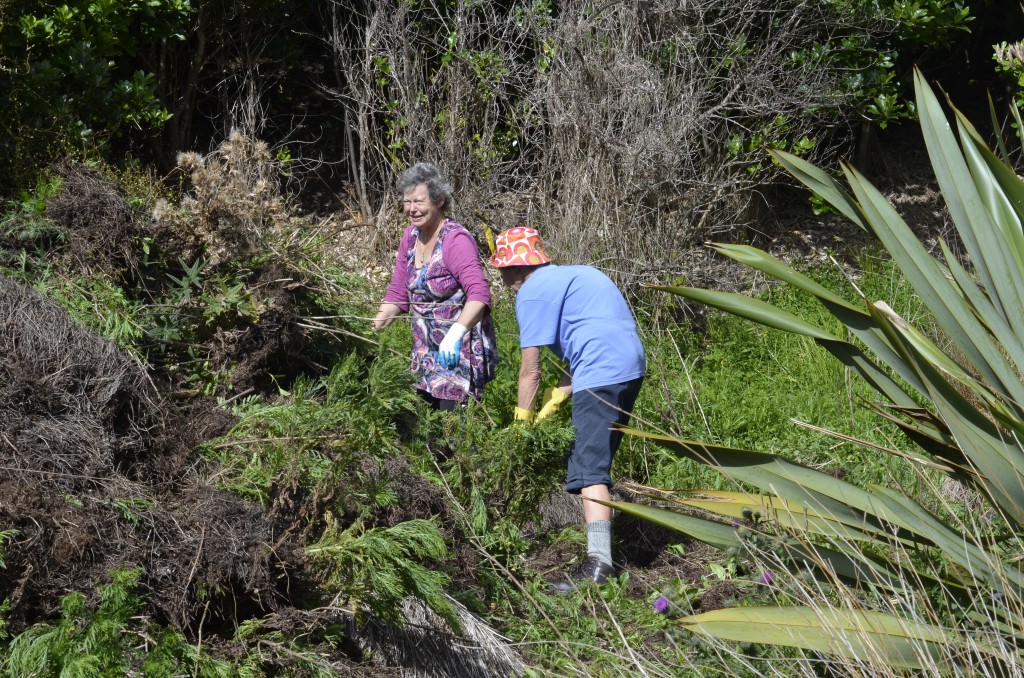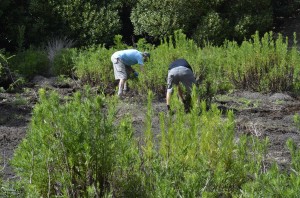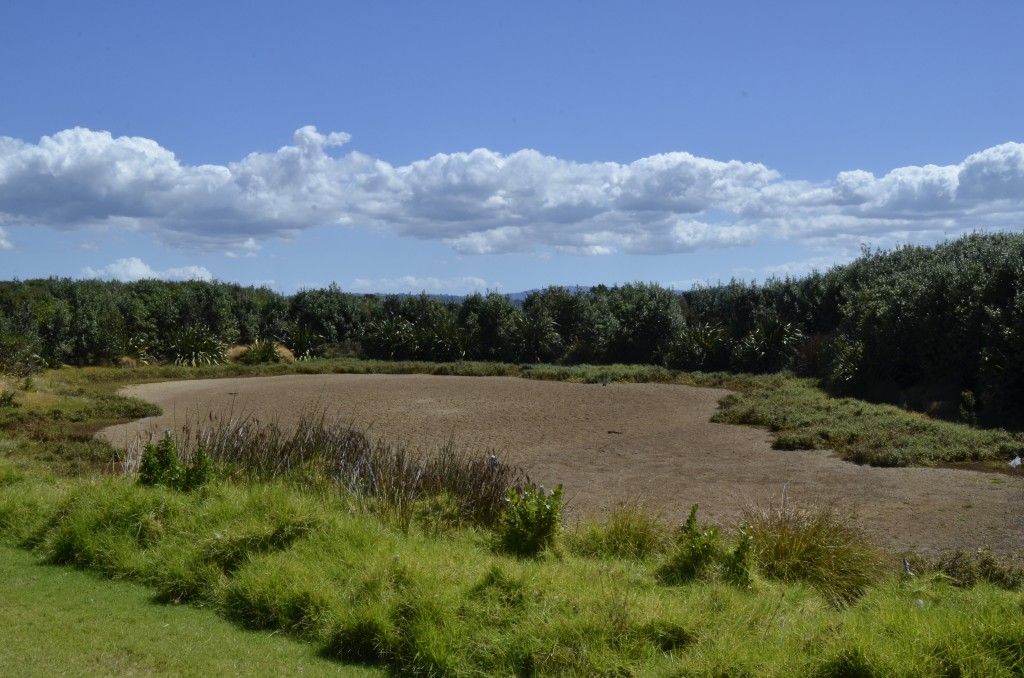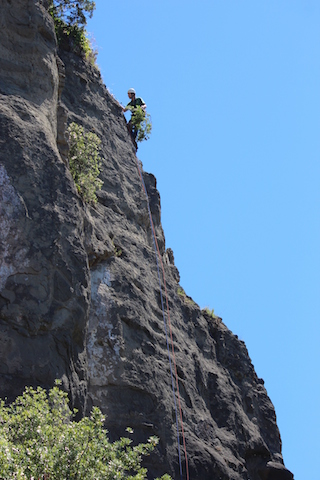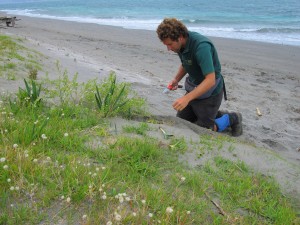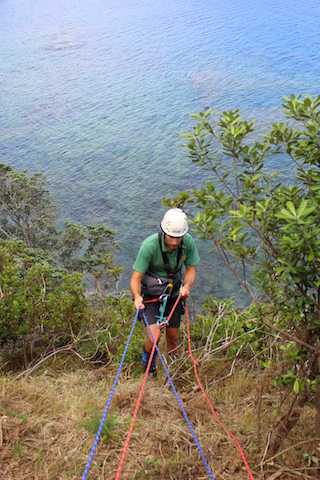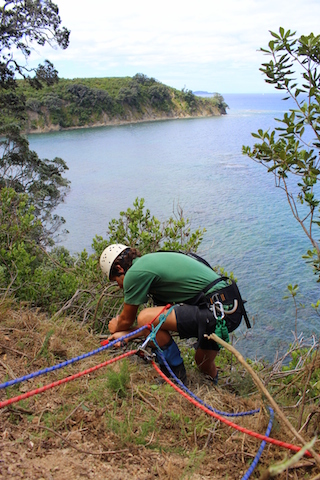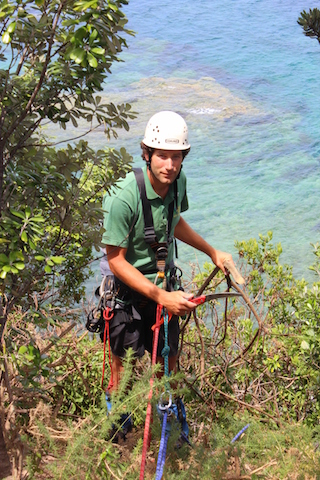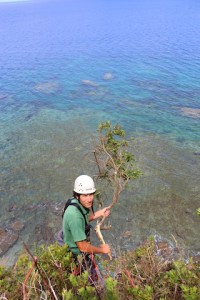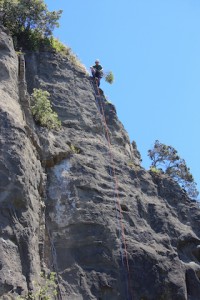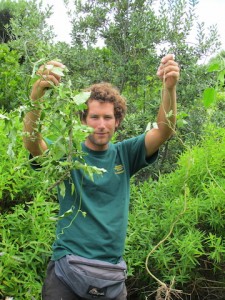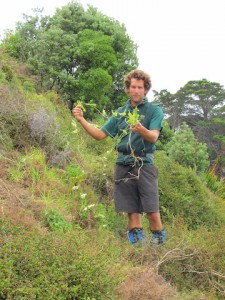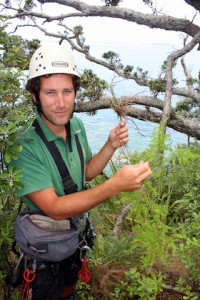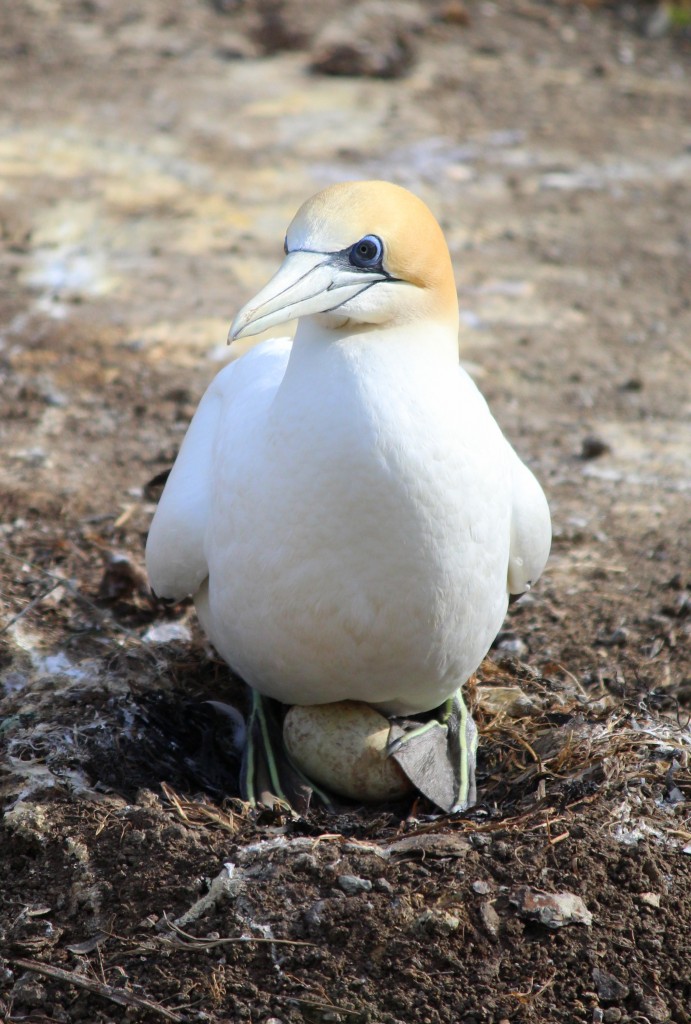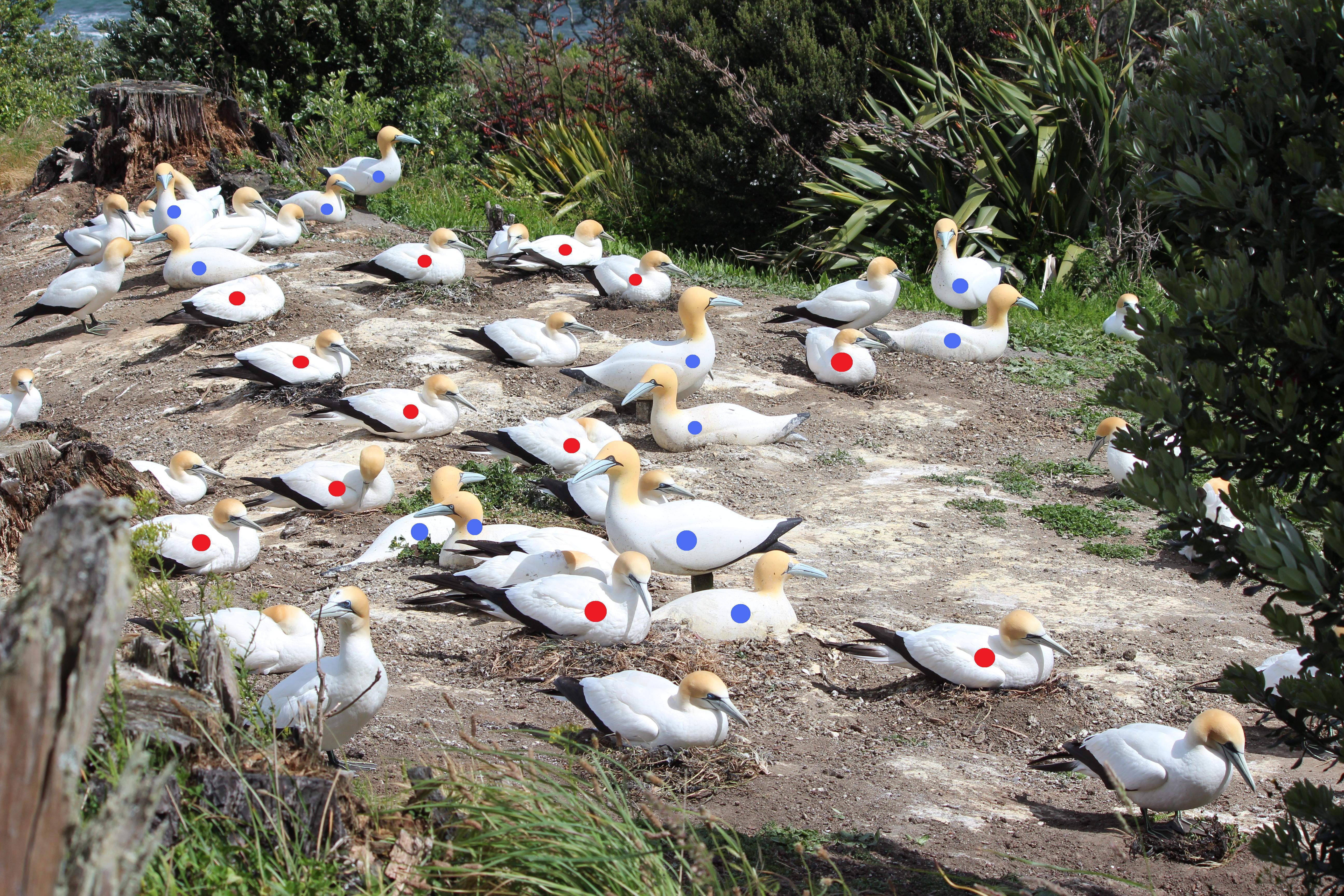
Panorama of Motuora from Home Bay beach at low tide
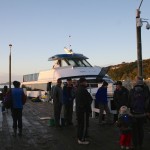
Waiting to board the Kawau Kat
Photo: Richard Hadfield
On Sunday July 27th 82 people took advantage of the large ferry to participate in the workday on Motuora. A large group of Bridgestone staff, some with their families, along with a Royal Oak scout group made up the bulk of the day’s working party.
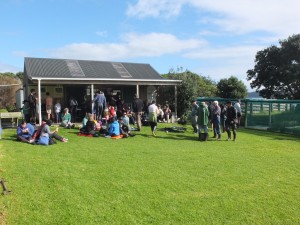
Waiting for the sausage sizzle
As most of the pioneer planting on Motuora is complete only a small amount of infill planting and canopy trees needed to be planted. So, according to Vonny (the Island manager) 898 trees were planted in 4 infill sites including the planting of carrex grasses around the top pond and muehlembeckia at the top of the Home Bay track. The planting was supervised by Vonny, MRS committee members and 4 of the DoC volunteers who had been working for Vonny all week.
Shaun Trevan and Kerry Gillbanks manicured the storm damage on the large macrocarpa on the Home Bay camp ground. Shaun’s professional arborist and tree climbing skills were necessary to remove the large broken branches from the macrocarpa while retaining the majesty of this old tree. Thank you Shaun and Kerry.
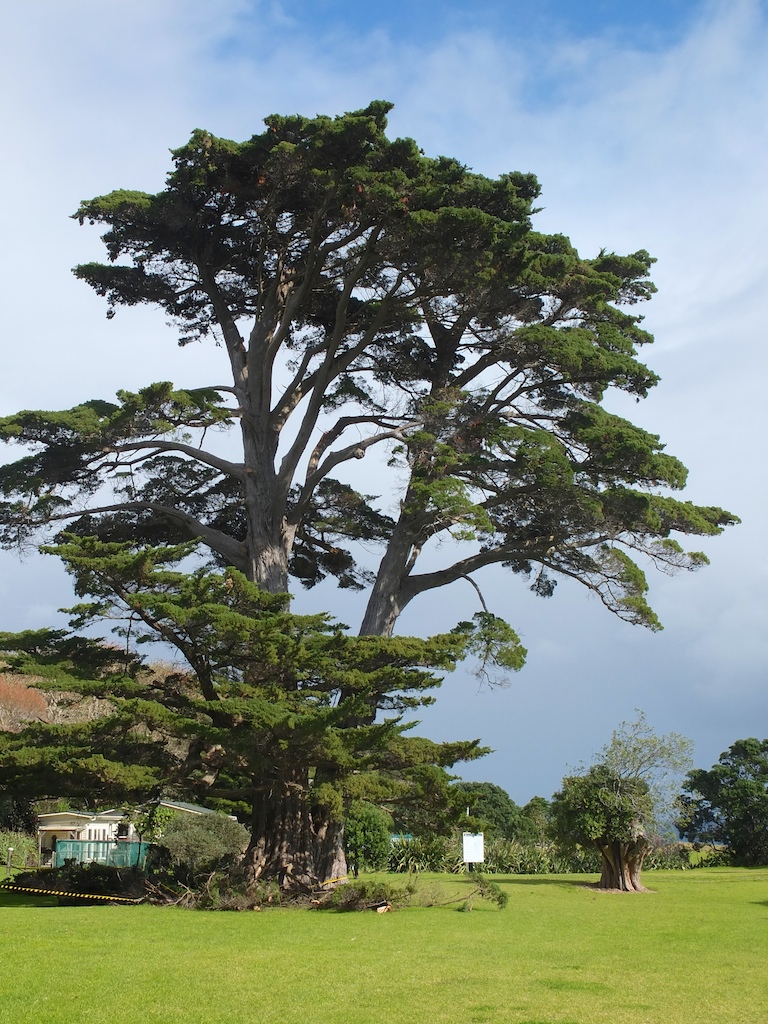
Home Bay macrocarpa after aborist, Shaun Trevan, removed wind damaged branches.
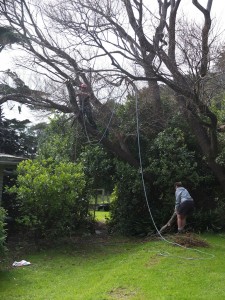
Shaun and Kerry removing the willow tree branch
Shaun and Kerry also removed the branches of the willow tree overhanging the water tank of the manager’s cottage. This willow was infested with giant black willow aphids last summer and the honey dew produced by these aphids contaminated the tank water. It is interesting that these aphids are a very recent arrival in New Zealand and have spread suddenly and widely over the country. How did they get to Motuora so quickly? Another puzzle is that they have disappeared earlier in the season than they do overseas. It’s not clear where they go when they vanish. Unfortunately the aphid honey dew encourages wasps which were a problem this summer.
A big thank you to the lads who did the dishes after the sausage sizzle!
Wetapunga News from Chris Green (DoC)
On 26th June during a brief break in the weather a further 231 wetapunga were released into the bush above Pohutukawa Bay. While most of these (216) came from the captive colony at Auckland Zoo there were 15 from the Butterfly Creek colony. This is very significant as they come from different parentage and this adds to the genetic diversity of the founding population. The site is the same as that where 150 were released from the Zoo on 3rd April.
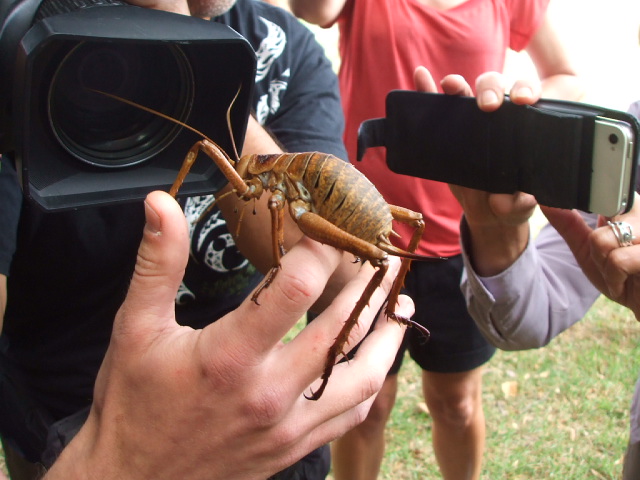
Paparazzi attention focused on full-grown female wetapunga released on April 3rd 2014. Photo: Ray Lowe
Most of these weta are more than than half grown and will be maturing into adults over the coming 6 – 8 months. Monitoring of these released weta is planned for late this year to verify they have reached adult so egg laying could be expected over summer and autumn next year. Meanwhile monitoring of the first releases in Macrocarpa Bay is also planned for later this year.
Photo Gallery
Below is a gallery of the above photos plus some photographs taken on the July workday by Richard Hadfield as well as some additional wetapunga images captured by Ray Lowe and Liz Mair. All other photos by Bruce Ross. Click on each image to view full size.
-
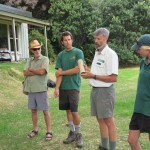
-
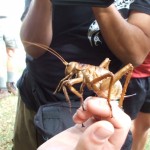
-
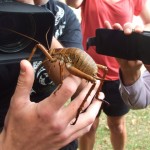
-
Paparazzi attention focused on full-grown female wetapunga released on April 3rd 2014. Photo: Ray Lowe
-

-
Waiting to board the Kawau Kat
Photo Richard Hadfield
-
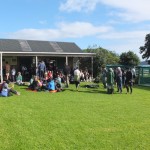
-
Waiting for the sausage sizzle
-
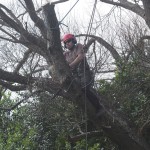
-
Shaun Trevan cutting branch off willow tree
-
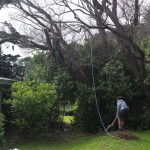
-
Shaun and Shelly Trevan removing the willow tree branch
-
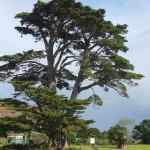
-
Home Bay macrocarpa after aborist has removed wind damaged branches. See felled branches on ground.
-
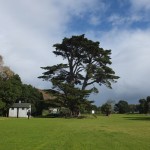
-
Home Bay macrocarpa
-
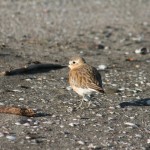
-
New Zealand dotterel Photo: Richard Hadfield
-
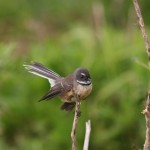
-
Piwakawaka Photo: Richard Hadfield
-
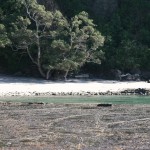
-
Still Bay Motuora Photo: Richard Hadfield
-
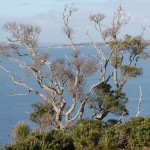
-
Wind ravaged pohutukawa overlooking Still Bay. Photo Richard Hadfield
-
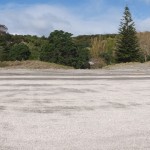
-
Panorama of Motuora from Home Bay beach at low tide

